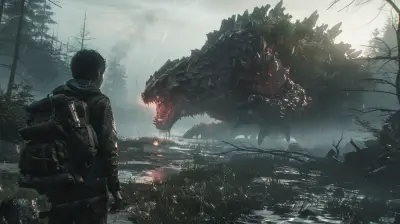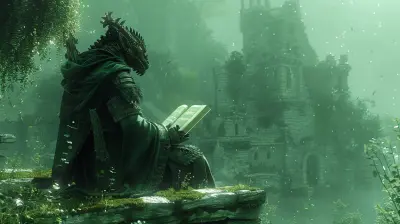Deconstructing the Time-Bending Story of Dishonored’s Outsider
25 June 2025
If you've ever wandered through the plague-ridden alleys of Dunwall or sliced your way across Karnaca's rooftops, you've probably encountered the strangest figure in Dishonored—the mysterious, ink-eyed Outsider. He's not quite a god, not exactly a demon, but somewhere in that deliciously grey area in between.
He whispers power into your hands, shoves you into messes you didn't ask for, and then stands back to watch the chaos unfold like he's binge-watching a drama he secretly wrote. But what’s with the time-bending, reality-breaking essence of this guy? Why is he so wrapped up in the choices of mortals?
Let’s break down the Outsider’s story—his origin, powers, motivations, and how he plays puppet master across the Dishonored universe.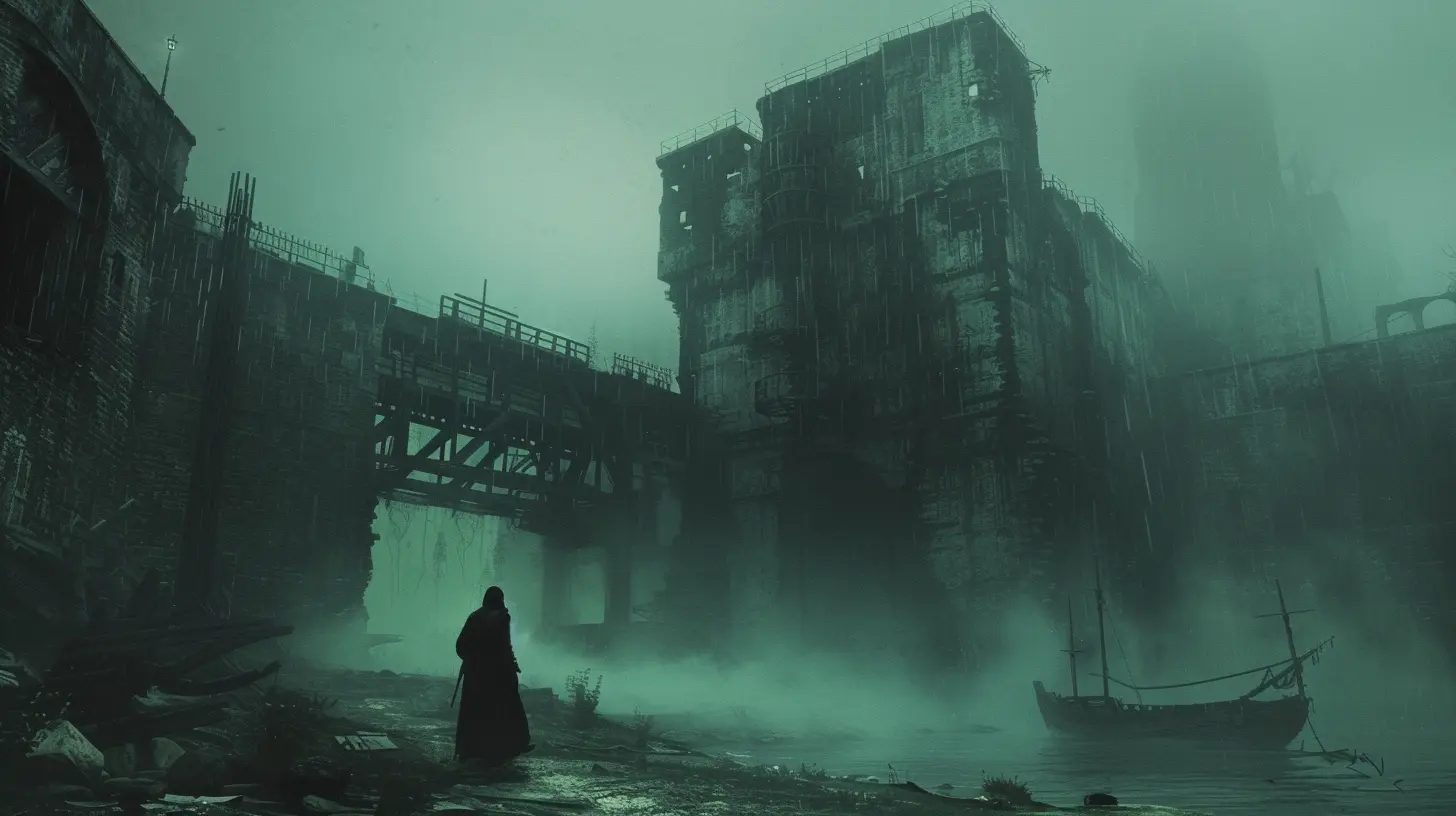
Who—or What—is the Outsider?
At face value, the Outsider seems like a dark angel watching from the walls of reality, granting gifts and testing humanity. His eyes are solid black, he floats unnaturally, and he exists in a shadowy realm known as the Void.And here's the kicker—he isn't really alive in the way we understand it. He was once human. Yup, the Outsider was a breathing, feeling boy who got the short end of the stick in a brutal ritual.
He was sacrificed by a group of ancient cultists who believed they could create a conduit to the supernatural. Instead of just opening a door to the Void, they shoved a kid through it. The result? Well, the Void made him its voice, its avatar, its silent scream of eternal contradiction. So yeah, no surprise the guy ended up a little... weird.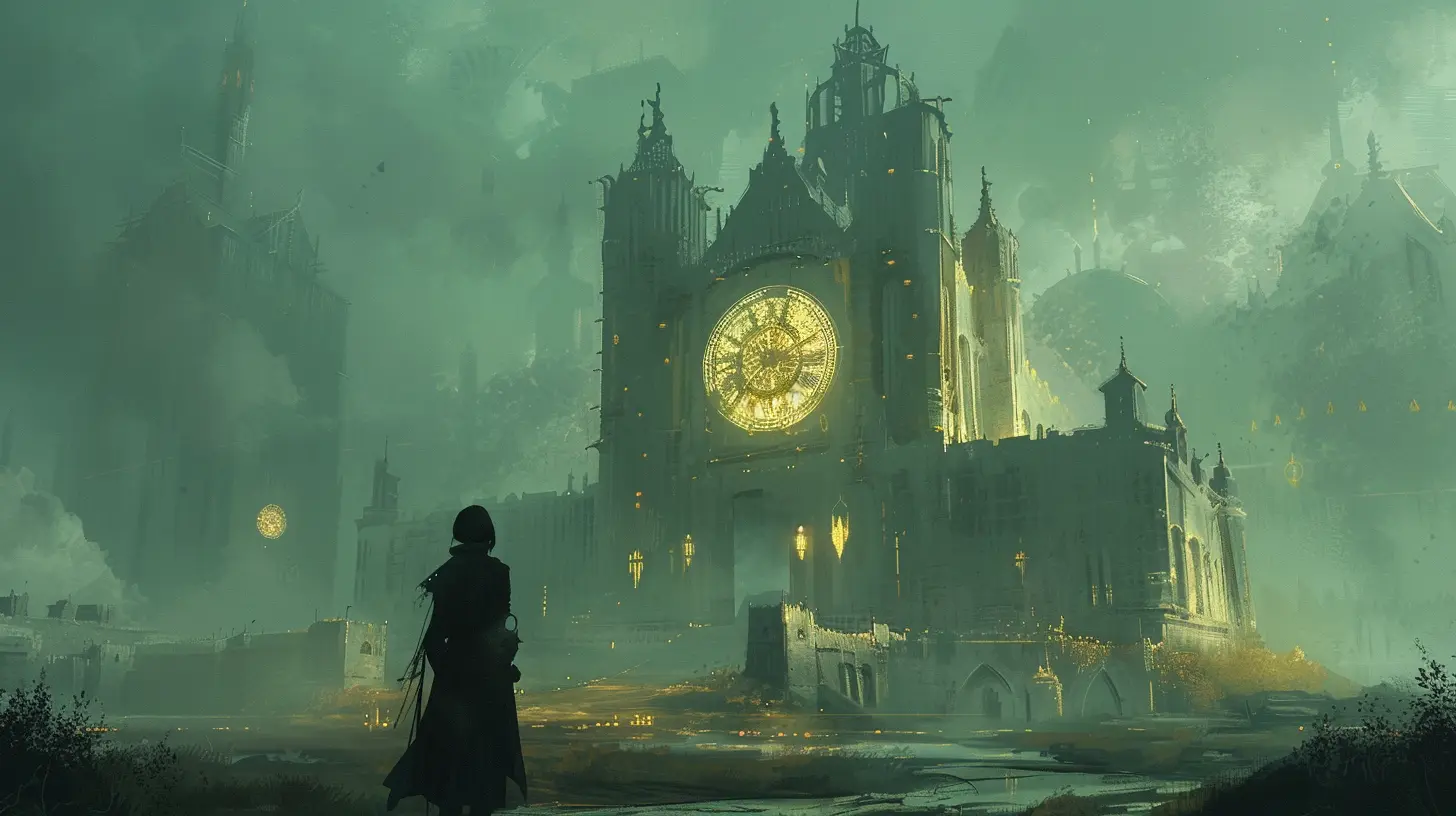
The Origin Story: Tragic and Twisted
Let’s rewind, because the Outsider’s backstory is no footnote—it’s the key to understanding why he behaves the way he does. Raised on the rough streets, the boy who would become the Outsider was chosen not for his wisdom or bravery but just for being there—an easy pawn. The ritual that turned him into the Outsider was more gruesome than noble. He didn’t ask for power. He became a supernatural being against his will.Can you imagine the trauma of being ripped from your flesh and fused with a realm of endless, shifting madness? It’s no wonder he sees humanity like a hamster wheel of ambition, cruelty, and fleeting beauty.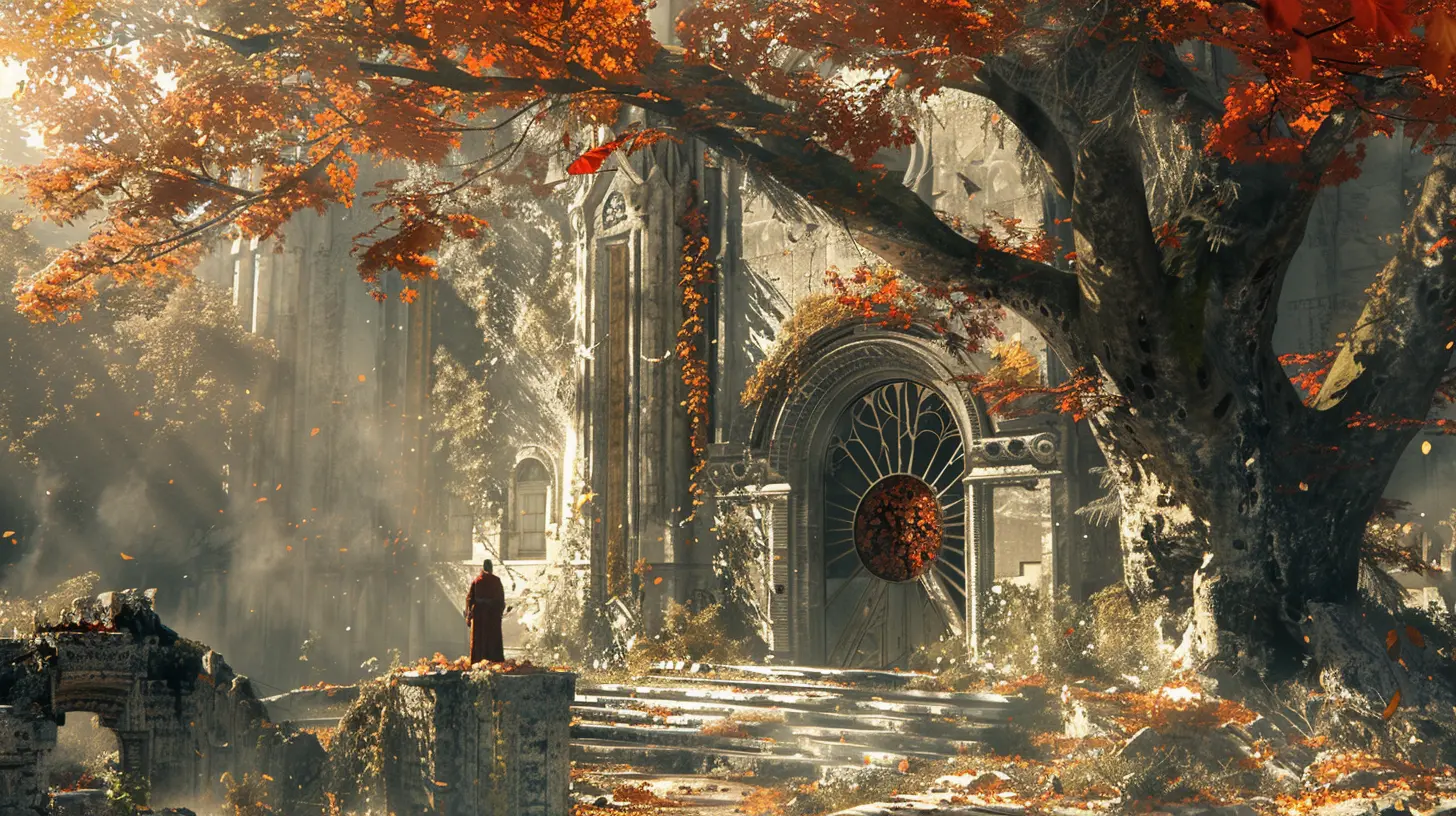
The Powers He Grants: Magic, But with Strings Attached
One of the Outsider’s most iconic traits is his role as a patron of magic, bestowing powers like "Blink" and "Dark Vision" to select individuals. These aren't gifts out of kindness. Nope, they’re experiments. He's less of a benevolent benefactor and more of a cosmic game master.Why does he do it? Part amusement, part curiosity, maybe even a smidge of hope that someone will figure out how to break the cycle of violence he loathes. He’s like a scientist dropping a frog into a boiling pot just to see if it’ll jump out.
But here's the juicy bit: every power he gives isn't just a tool—it’s a test. How will you use it? Will you spare your enemies or paint the walls red? That, right there, is the core theme of Dishonored: choice. And the Outsider thrives on watching how far we’ll stretch our morality when given the power to bend space and time.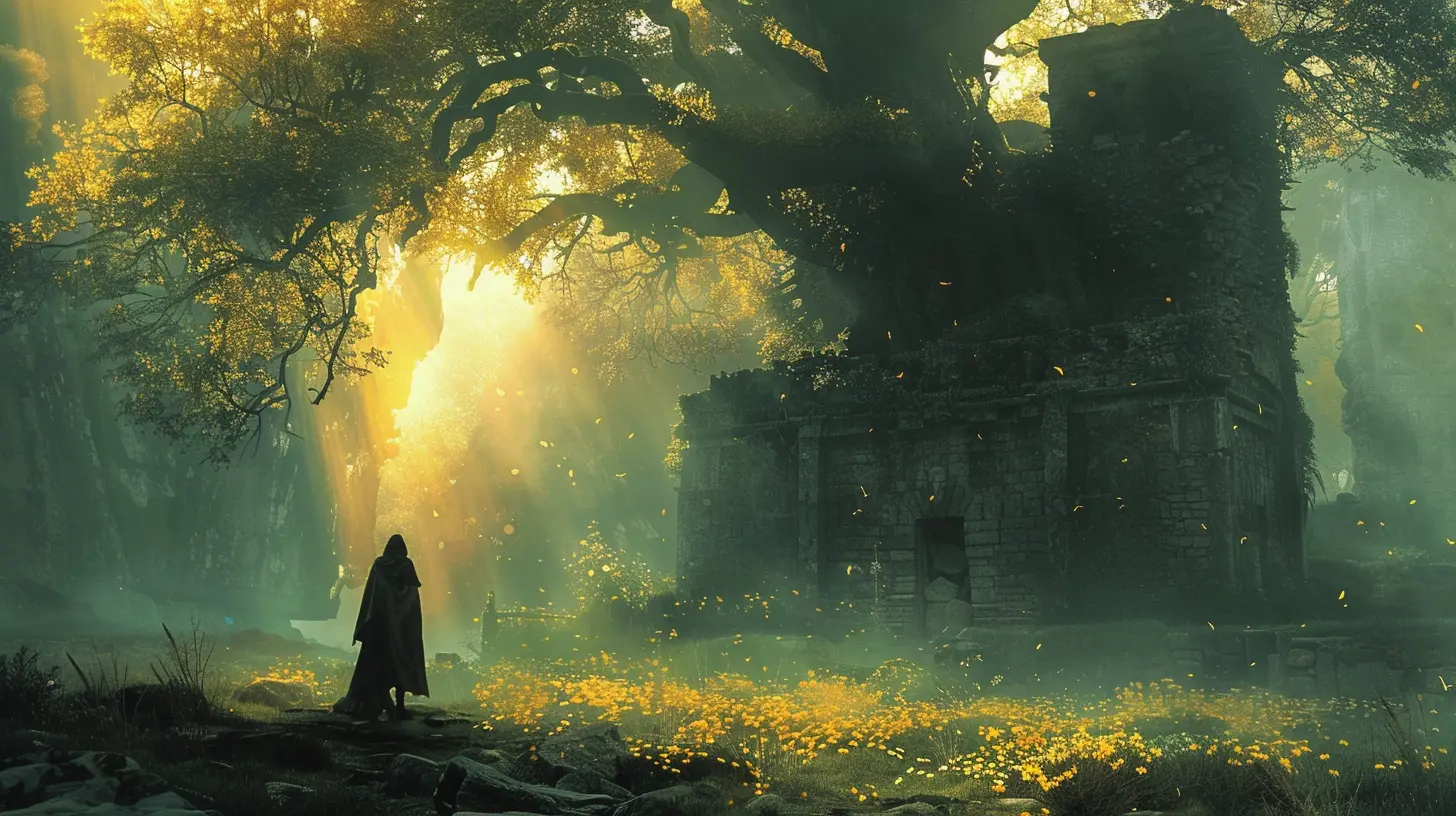
The Void: More Than a Backdrop
The Void isn’t just some lazy alternate realm—it’s alive, sentient, and unfathomably strange. Think of it like a dream you can’t wake up from… a place where memories, guilt, and forgotten secrets swirl like ink in water.The Outsider acts as its voice, but he isn’t its ruler. That’s key. The Void is constantly shaping itself around strong emotions—regret, vengeance, ambition. It feeds on narrative drama, and no one feeds it better than flawed protagonists with scores to settle.
He’s not omnipotent, but he’s omnipresent within the Void. He appears in dreams, walks unseen among mortals, and even alters events just a nudge here and a whisper there. He is, in essence, the embodiment of consequence.
Dishonored 1: The Puppeteer Begins His Game
In the first Dishonored, we meet Corvo Attano after he’s been framed for assassinating the Empress. Enter the Outsider: he tattoos Corvo’s hand with a mark that grants supernatural powers. Why? Because he wants to see what Corvo will do.Will he exact revenge with blood and fire? Or will he seek justice, silent and unseen?
The Outsider doesn’t care—at least not outwardly. But inside? He’s watching like a gambler staring at the roulette wheel. He drops cryptic comments, nudges fate, and marvels at the ripples every choice creates.
Dishonored 2: Old Faces, New Games
Dishonored 2 doubles down on choices. You can play as Corvo or Emily (the now-grown Empress and Corvo’s daughter). Both get marked by the Outsider and both view him through their own personal lenses.Corvo treats him like an inevitable force—something dark but useful. Emily, however, wrestles with what he represents. Is he tempting her to rule with power or merely showing her the weight of leadership?
This is where things get juicy. The Outsider’s attitude shifts. He seems wearier, more reflective. It’s as if even he is growing tired of the endless loops of violence. You can feel his existential fatigue simmering beneath his cool demeanor.
Dishonored: Death of the Outsider – The Breaking Point
Now here’s where things get cracked wide open. In Death of the Outsider, you play as Billie Lurk, a former assassin turned vigilante. Her mission? Kill the Outsider.For the first time, the game lets us question not just the morality of our characters, but also the morality of the Outsider himself. Is he responsible for the chaos he enables? Is he a neutral observer or an enabler of atrocities?
By the climax, you’re given a choice: kill him and end his reign, or return him to humanity—let him live again, free from the burden of the Void.
This is some heavy stuff right here. We’re talking about the ethics of power, the nature of accountability, and whether redemption is ever truly possible.
Is the Outsider a Villain?
It depends on how you define villainy. He doesn’t kill. He doesn’t force. He offers—and observes.But that’s the slippery slope, isn’t it? What’s more dangerous than a god who doesn’t care? Or worse, one who cares too much but can’t interfere?
The Outsider’s moral compass is broken, not because he’s evil, but because he’s been too removed from humanity to navigate it anymore. He’s curious, mournful, maybe even lonely. The players he chooses are like actors in a play he wishes he were brave enough to star in.
The Philosophical Heart of Dishonored
What makes the Outsider so captivating isn’t just his powers or mystery—it's what he represents. He’s the personification of moral consequence. Every time you save a life or extinguish it, he’s there to remind you of what that choice means.He doesn’t give you answers. He makes you ask the right questions.
And in a game world where death comes easy and revenge is just a button away, having a figure like the Outsider looming in the background forces you to second-guess yourself.
Are you saving the world or shaping it in your own dark image?
Closing Thoughts: A Tragic God for a Tragic World
The Outsider isn’t your typical fantasy deity. He’s not all-knowing, not all-powerful, and certainly not all-good. But that’s what makes him fascinating. In a world where the lines between hero and villain blur like ink in rain, he’s the mirror reflecting our darkest potential.He’s a character born of violence, shaped by the absurdity of power, and fascinated with the human condition. He's watching your story—and maybe, just maybe, hoping for a different ending this time.
So next time you’re running rooftops in Dunwall or whispering through the alleys of Karnaca, remember: His mark is not just a tool. It’s a question.
And how you answer? That’s the real story.
all images in this post were generated using AI tools
Category:
Lore And StorylinesAuthor:

Kaitlyn Pace
Discussion
rate this article
1 comments
Mia Snow
Delving into the enigmatic lore of Dishonored's Outsider reveals layers of time, morality, and choice. What truths lie hidden in his cryptic whispers? Unraveling his influence might just change our perception of fate and free will in this haunting universe.
July 6, 2025 at 2:27 AM

Kaitlyn Pace
Thank you for your insightful comment! The Outsider’s lore indeed challenges our understanding of fate and free will, inviting players to explore deeper moral questions throughout the game.
